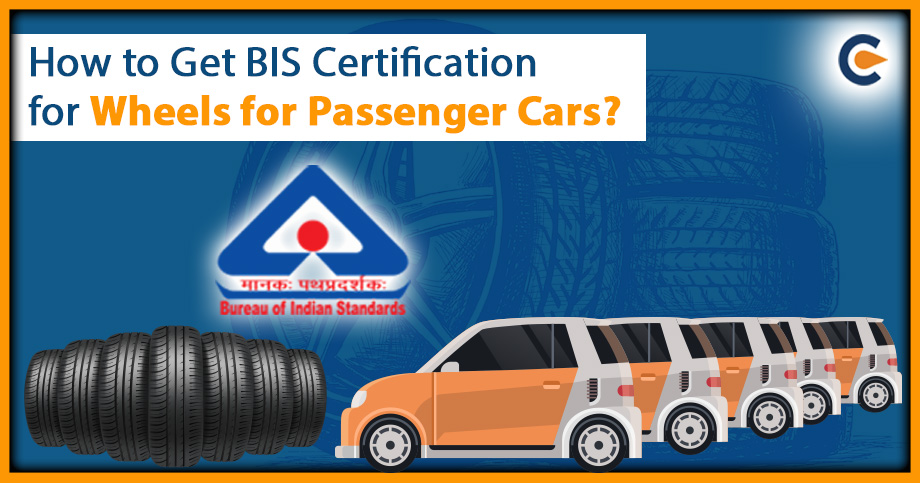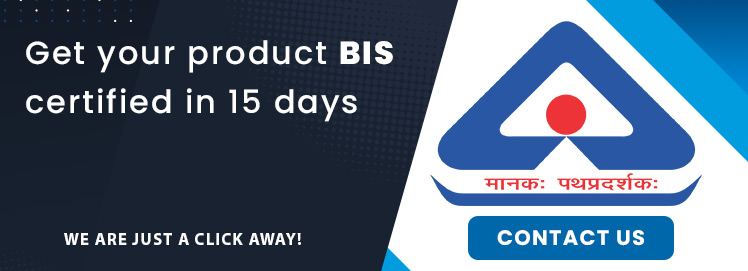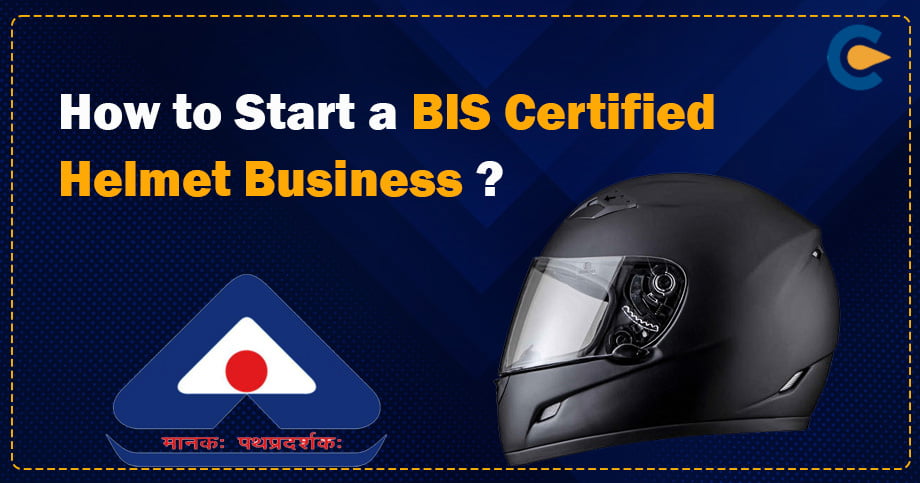Automobile in India has to pass several quality and safety checks before hitting the roads. Every component of the passenger car should be sound in terms of build and functionality. There are even guidelines for how the wheels of passenger cars should be manufactured and tested. The BIS, an apex quality regulator in India, has mandated each car maker to comply with the IS 9436 as far as the testing and marking of wheels are concerned. Let’s talk about this requirement in detail and discover how to secure BIS certification for wheels for passenger cars.
Notable Guidelines under IS 9436 for Passenger Carmarker
To ensure that the passenger car wheels adhere to predetermined characteristics, the standard i.e. IS 9436 proposes certain lab tests and performance requirements to which every car marker must adhere.
The failure criteria for such wheel tests have also been cited in this standard. For GoL, wheels for quadricycles, mini goods carriers, and passenger cars are classified as shown below in accordance with the IS 9436:2018
- Based On the Wheel Material
- Ferrous
- Aluminum
- Based On the Wheel Type
- Disc Wheel
- Wheel with demountable Rim
- Based on Usage
- Normal Highway Service
- Temporary Use
Wheels have the highest load rating irrespective of material type and Wheel Rim corresponding to each usages type shall undergo tests to encompass the entire range of wheels for that wheel’s material.
Mandatory Tests to Qualify For BIS Certification for Wheels for Passenger Cars
The wheels for passenger cars must undergo the following tests:
- Dynamic Cornering Fatigue Test
- Dynamic Radial Fatigue Test
The lab that performs such tests shall be well-equipped and well-staff. These tests must take place in a way cited in the standard.
Labelling and Marking Norms under BIS Certification for Wheels for Passenger Cars
The wheel should reflect the maker’s trademark or name in a designated size. Apart from that, there should be an ISI mark as well so that end-users can recognize the product quality instantly.
Those without a BIS license cannot affix an ISI mark on their products. The application must be filed by the applicant to secure the permit for ISI marking from the BIS.
The BIS[1] will thoroughly inspect the applicant’s paperwork as well as the production premise before granting permission.
Documents Needed For BIS Certification for Wheels for Passenger Cars
Following are some vital documents required for BIS Certification for wheels for passenger cars:
- Factory license accorded by the Labour office
- Certificate of incorporation (COI) or partnership deed
- List of Lab equipment and their calibration report.
- Pollution NOC
- Flowchart authorized by the concerned officials showing a manufacturing process
- A Lab report of the wheel(s) undergone mandatory tests
- Details of machines present at the wheel production unit
- Details and Specs of the wheel for which a BIS license is required
- An authorization letter signed by the authorized signatory allowing an agent to file an application
- Trademark registration if available
How to Obtain BIS Certification for Wheels for Passenger Cars?
Following is the step-by-step process for BIS Certification for wheels for passenger cars:
Step 1: File the Web-Based Application on the BIS Portal
For this, you need to head to the BIS official website. Here, you will find the application for the BIS certificate, which you need to fill out with utmost accuracy.
Following this, you need to upload the documents as we have discussed shortly in the preceding section. The format of the documents should be as per the BIS directions.
Post the document submission, head to the payment section, and submit the fee.
Note: Only one product type can be registered through one application. If you wish to register different products simultaneously, separate application filing shall be required for each product.
Step 2: Vetting Process
This is the phase in which BIS officials will perform a document inspection for any error. Following this, they will head to the production unit and do some compliance checks by considering the followings:
- Manufacturing Infrastructure
- Testing capabilities
- Production process
- Standard(s) being followed
Lastly, the officials take some specimens from the finished lot and dispatch the same for lab testing.
Step 3: Lab Testing and Report Preparation
The certified lab, after receiving samples from the concerned officials, will perform the following tests to measure the performance.
- Dynamic Cornering Fatigue Test
- Dynamic Radial Fatigue Test
Soon after performing these tests, the lab will enter their findings and observations in a detailed report.
Step 4: Report Collection
In this step, the lab shall intimate the applicant about the report generation and prompt him to collect the same on time. It’s noteworthy that the lab report adheres to a limited validity, which can vary based on the type of products being tested.
Step 5: Final Review and Grant of BIS License
In this step, the authority shall perform a final review by analysing the lab report.
The authority shall grant the BIS certification for wheels for passenger cars if no issues are found in the report.
Conclusion
BIS certification for wheels for passenger cars enables manufacturers to produce quality products. By adhering to BIS guidelines, manufacturers can optimize their manufacturing process for the utmost quality.
Also Read:
What Is BIS Certification In India?













